Turbochargers are an addition that can improve power production, reduce power lag, and promote the smooth running of an engine. So, it is no surprise that they are commonplace in trucks today. But do semi-trucks have turbos? Find out below.
Do semi-trucks have turbos?
Semi-trucks do have turbos. However, you are more likely to find turbos in new semi-truck models than in older ones. This disparity in the likelihood of finding turbochargers in old and new semi-truck models results from the prevalent engine type in both groups.
While old semi-trucks typically use aspirated diesel engines, new models usually come with turbo-diesel engines.
If you are unfamiliar with a turbocharger, you probably have several questions. Not to worry, we’ve got many answers for you too.
Below, we give a thorough response to the prompt of this article. We talk about what turbos are and the benefits they offer to semi-trucks.
Do Semi-Trucks Have Turbos?
Semi-trucks can come with turbos. However, not all of them do. Newer models of semi-trucks commonly have turbochargers, while older ones rarely do.
Besides the model of a semi-truck, factors like the industry and vehicle usage determine whether a semi-truck will have a turbo or not.
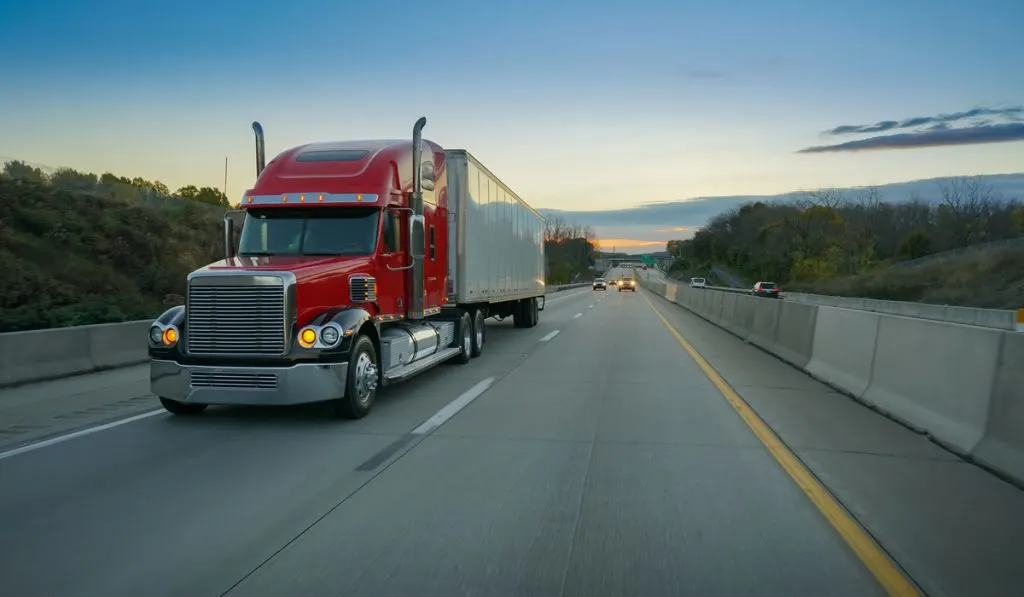
But generally, the modern-day tasks of semi-trucks demand a lot of power. So, most modern semi-trucks come with turbo-diesel engines to match said power demand.
Unlike modern semi-truck models, many old models use aspirated diesel engines. Unfortunately, aspirated engines cannot generate enough power to match the needs of modern-day tasks. So, they are uncommon in semi-trucks these days.
Aspirated diesel engines rely on surrounding air for their air intake. In other words, the air intake depends on atmospheric pressure. As you can imagine, the air intake of such engines would be relatively low compared to engines that force extra air into the combustion chamber.
Of course, your engine’s power output partly depends on the volume of compressed air the combustion chamber receives. The more compressed air the combustion chamber gets, the higher the power output.
Unlike aspirated diesel engines, turbo-diesel engines pull extra compressed air into your engine’s combustion chamber. This way, your engine’s power output increases.
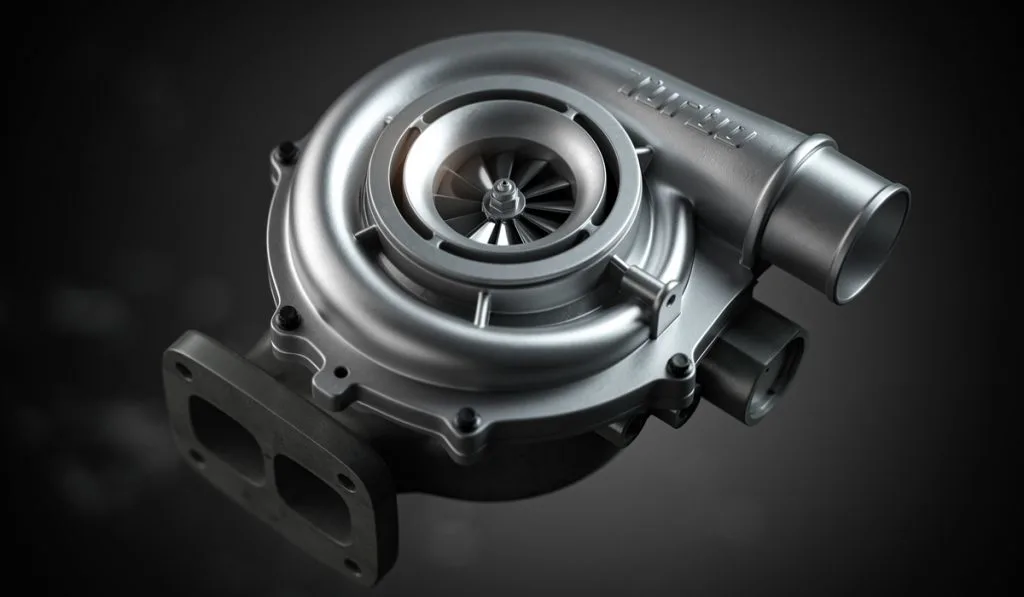
What Are Turbochargers?
Turbochargers also go by the names “turbos” and “turbosupercharger.” They are a force induction device that pushes your combustion chamber to generate more power by increasing the input of compressed air.
Turbines drive turbos. As the turbine rotates, it creates a pressure change that sucks air in.
When the air is inside, the turbo’s compressor wheel cools it, compresses it, and then forces it into the combustion chamber. Obviously, with the combustion chamber getting more than its typical air intake, it produces more power.
To put the brilliance of turbos in perspective, the turbines in a turbo can spin as fast as 150,000 rotations per minute (RPM).
You are not readily going to find car engines that spin that fast. So, turbos pull air in with way more force than regular engines.
How Turbos Benefit Semi-Trucks
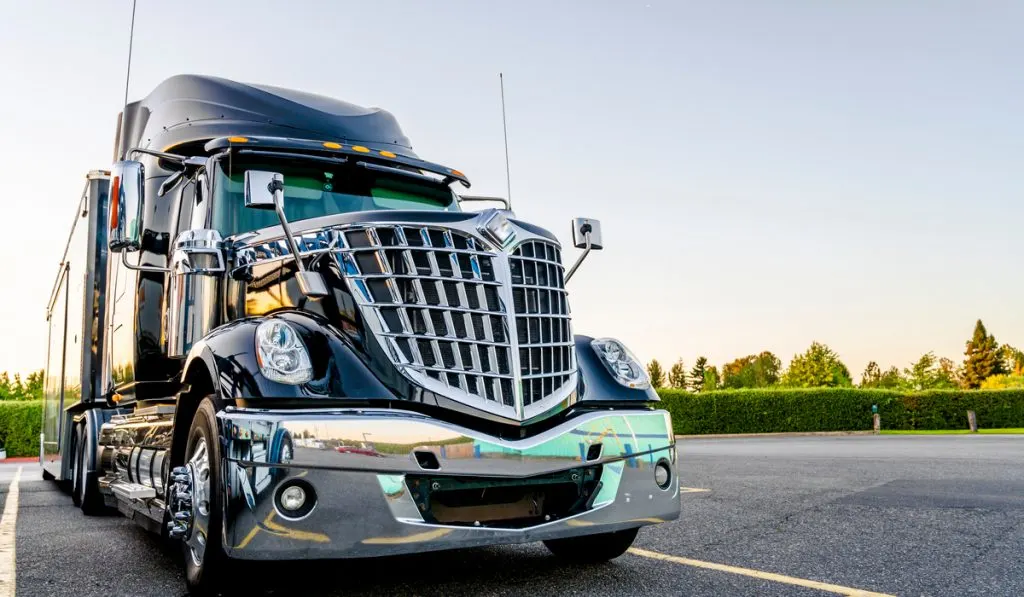
The primary benefit of turbos to semi-trucks is that they increase efficiency. With a turbo in your semi-truck, your engine will generate more power without consuming more fuel.
If a turbo increases the compressed air intake of your combustion chamber by just 6 to 8 pounds, your engine can produce 15% to 25% more power.
Beyond being efficient, a turbo will allow your semi-truck to cover longer distances without using as much fuel. Consequently, your fuel consumption reduces.
You can even get up to 20% reduced fuel consumption with a turbo.
If your semi-truck uses a twin-turbo, you will get double the efficiency and improved power output. However, twin turbos come with extra heat and back pressure. So, many people settle for single turbos.
Downsides of Turbos in Semi-trucks
As we mentioned, twin turbos generate too much heat and back pressure. So, they are not a favorite for many people.
But besides those two reasons, other downsides of turbos include:
Requires an Intercooler
A turbocharger with no intercooler can heat up in a way that affects your engine. Without an intercooler, your turbo may cause your semi-truck to overheat or go up in flames.
In milder cases, the excess heat may melt vital plastic engine components.
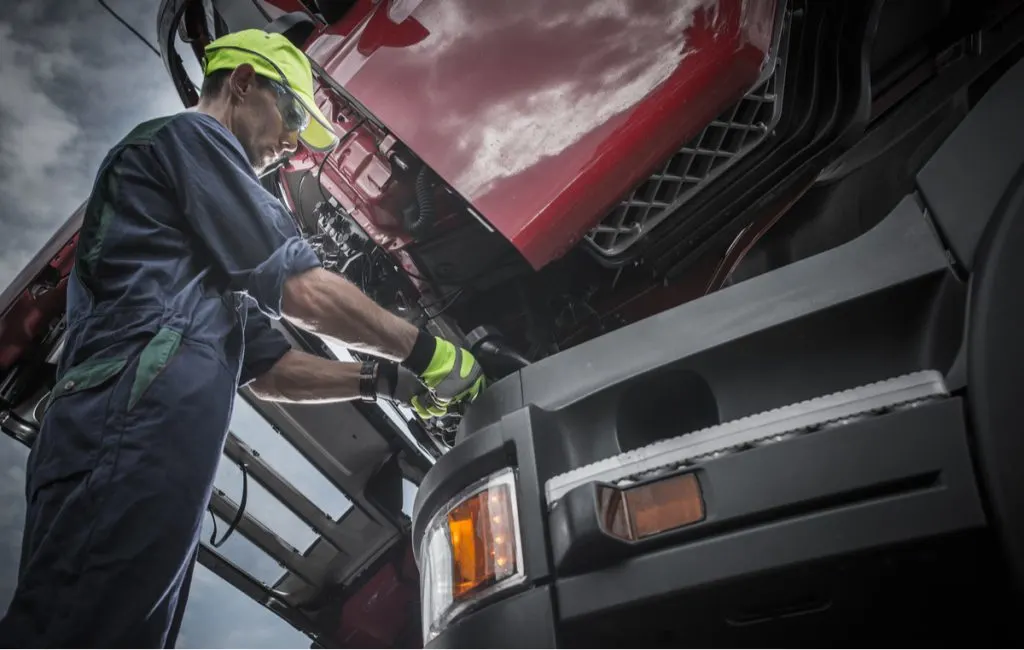
Voided Warranty
You may void the warranty if you install a turbo on your semi-truck while still under the manufacturer’s warranty. However, this wouldn’t apply to you if the turbocharger comes with the vehicle.
Since turbos are typically considered off-road racing add-ons, some semi-trucks cannot handle them. So, if the vehicle goes bad after installing one yourself, the manufacturer will not be responsible for the repairs.
Turbo Lag
Turbo lag is the rate at which a turbocharger accumulates sufficient air pressure in the combustion chamber. It defines how fast the turbo can get the semi-truck to maximum performance.
Virtually every turbocharger system experiences turbo lag. The thing with turbo lag is if your timing is wrong, you can lose control. This is especially true when your vehicle’s tire grip is already limited.
Expensive Insurance

Insurance for turbocharged vehicles can cost a lot more than for non-turbocharged vehicles.
How Much Does a Semi-Truck Turbo Cost?
The average semi-truck turbocharger assembly costs around $1,800 to $2,200. But you can pay as much as $3,500 for some brands – for example, the Cummins Holset ISX Turbo.

Besides the cost of the turbocharger assembly, you may incur labor costs when getting a turbo fitted into your semi-truck. On average, the labor cost for turbo installation hovers between $400 and $600.
When buying a turbocharger for your semi-truck, pay attention to details. Do not just buy the first option presented to you. Ensure the turbocharger you opt for fits your semi-truck perfectly.
How Long Do Semi-Truck Turbos Last?
Ordinarily, turbos should last 150,000 miles or the lifetime of the semi-truck. However, depending on how often you drive the semi-truck and how you use it, the turbo’s lifespan can be higher or lower.
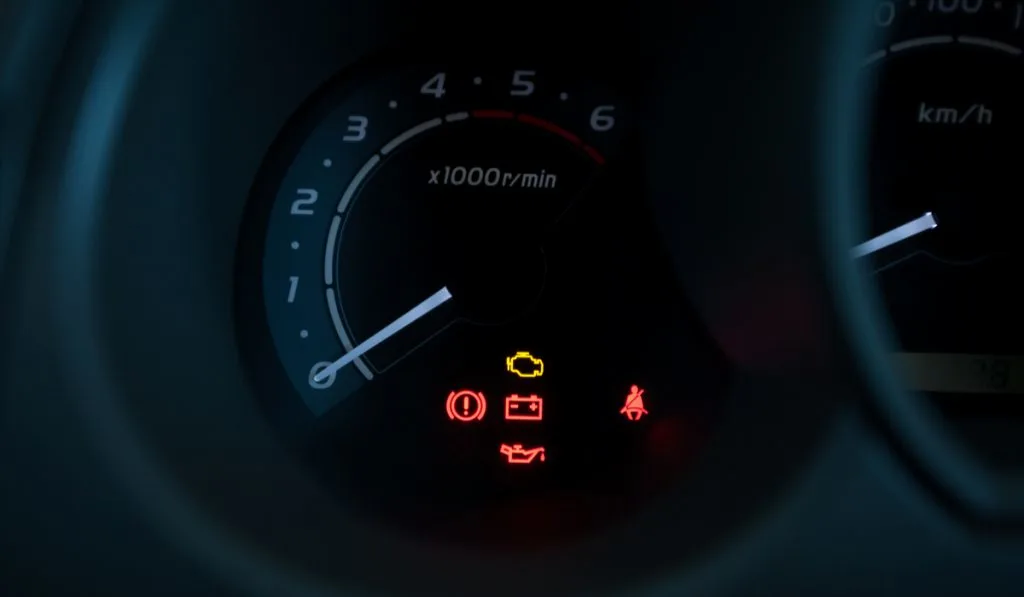
Can You Tell When the Turbo in a Semi-Truck Is Bad?
- You can tell when the turbo in a semi-truck is bad by looking out for a warning light on your dashboard. This warning light comes in the shape of an engine.
- The turbo may be faulty when your semi-truck becomes sluggish yet noisier while accelerating.
- Also, if your exhaust starts giving off gray or blue smoke, the turbo may be defective.
- The turbocharger may have an issue if you find excess oil on the compressor blades. In such cases, there would be oil all over the sleeper. Also, the intercooler may get some oil stains.
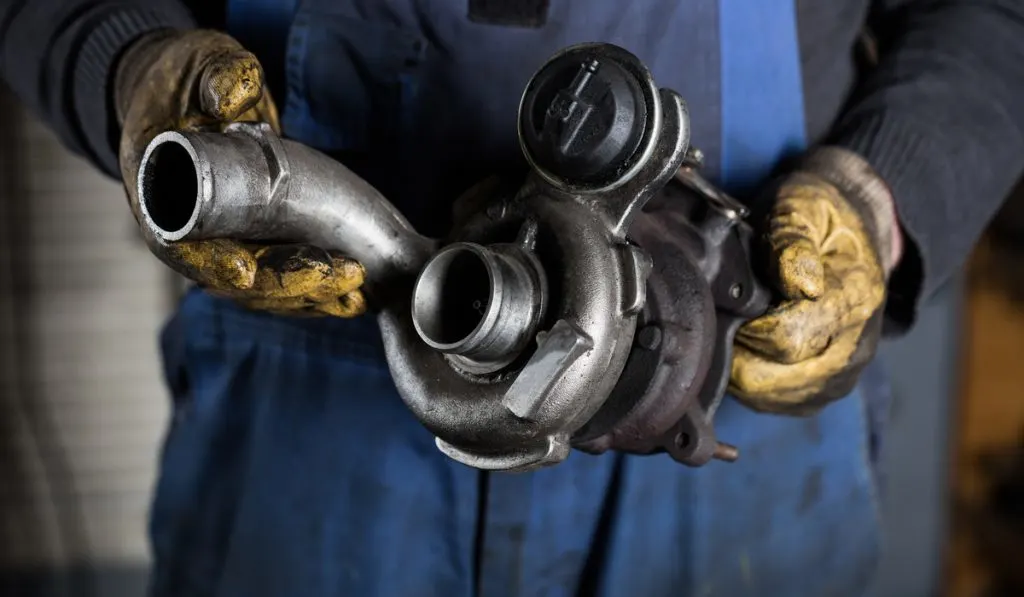
Can You Repair a Bad Semi-Truck Turbo?
You can repair a bad semi-truck turbo. However, before attempting to fix a defective turbo, ask yourself if replacing it is the better option. If repairing the turbo is more cost-effective, go for it.
If you can, investigate the semi-truck to determine the issue with the turbo.
If the problem is something you can readily fix, work on it. On the flip side, if you cannot repair the turbo or detect the fault, take the vehicle for repairs.

How to Prolong the Lifespan of a Semi-Truck Turbo
- The primary way to prolong the lifespan of a semi-truck turbo is to minimize the strain on it. You can do this by planning your route to reduce exposure to rough roads. This shouldn’t be an issue for a skilled driver.
- Regularly checking your semi-truck can also prolong the lifespan of your turbo. During your routine checks, pay attention to details like tire pressure. If your tire pressure is low, your engine may suffer some strain over time. Unfortunately, this may affect your turbo.
- During your checks, pay attention to fluid levels.
- Whenever you stall, run the turbo up to keep it lubricated. If you don’t do this, the oil may stop pumping, and the turbo may start dry. A dry start is not ideal for your turbo.
- When you feel the turbo’s performance declining, you may apply some turbo cleaner spray into the air intake.
